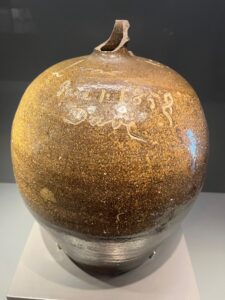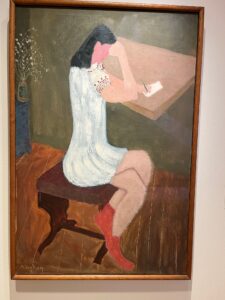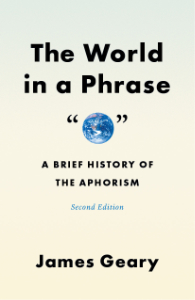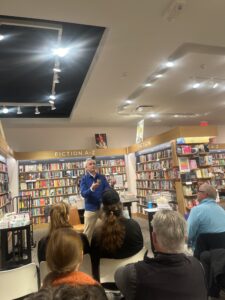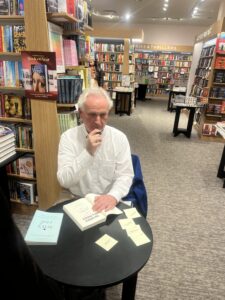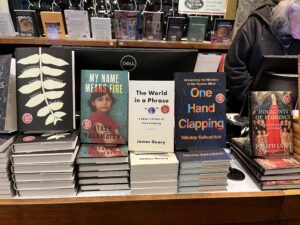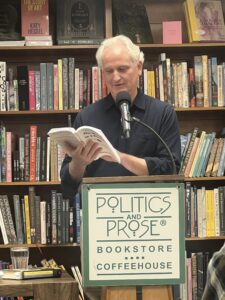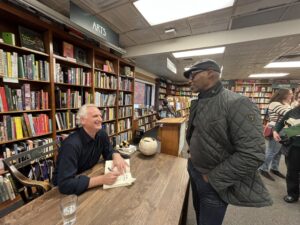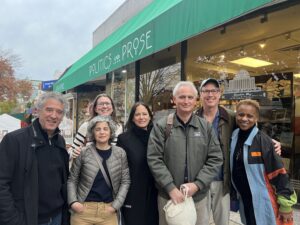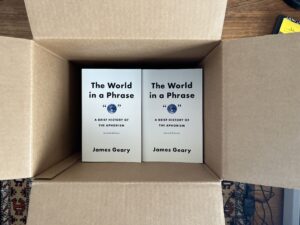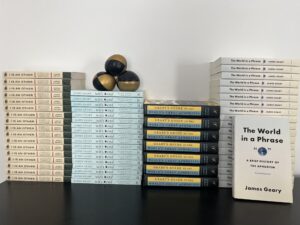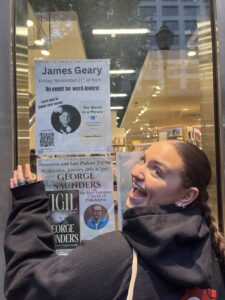Thanks to my colleagues in the Harvard Kennedy School’s Communications Program for inviting me to do a talk on political aphorisms. From the form’s beginnings in ancient China and Egypt, aphorisms have always been about governing — how to govern the self, the state, society. In Egypt, rulers like Ptah-Hotep set down collections of aphorisms to be used as moral instruction manuals for the sons who would inherit their kingdoms…
He that obeys becomes one obeyed.
In China, the I Ching is a book of governance, and in the Tao te Ching Lao Tzu has lots to say about how best to govern a country or community…
Ruling a large kingdom is like cooking a small fish; the less handled the better.
Muhammad ibn Zafar Al-Siqilli was known in his lifetime as “The Sicilian Wanderer” because he left his native Sicily to roam the Maghreb searching for an Arab prince who would put his political teachings into practice. He didn’t have much luck. After traveling back and forth between Sicily and northern Africa, al-Siqilli finally settled in Syria, where he died in poverty and without an official position. Al-Siqilli’s story has much in common with those of Confucius and Machiavelli: All three sought and failed to achieve influential positions at court, and both al-Siqilli and Confucius lived the latter parts of their lives as itinerant sages in search of like-minded monarchs. Al-Siqilli had some important insights about political policy makers and policy advisors…
Counsel is the mirror of the intellect. If, therefore, you would like to know the capacity of anyone, ask for their advice.
Madame De Staël was also a great political aphorist:
When one does not know how to convince, one oppresses
as was Audre Lorde:
In our world, divide and conquer must become define and empower.
One professional category is conspicuously underrepresented in the history of the political aphorism — politicians themselves. That is no doubt because aphorisms are too provocative and confrontational for campaigning, when candidates are likely to opt for poetry, then of course reverting to non-aphoristic prose for governing. Two notable exceptions are Benjamin Disraeli, who twice served as British Prime Minister and helped create the modern British Conservative Party (on becoming Prime Minister, he observed: “I have climbed to the top of the greasy pole”):
The palace is not safe when the cottage is not happy
and Adlai Stevenson, who lost both the 1952 and 1956 presidential elections to Dwight D. Eisenhower. Eisenhower, in fact, used to tease Stevenson about the witty aphorisms he included in his speeches, and Stevenson replied, “I refuse to conform to the Republican law of gravity.” Stevenson’s aphorisms are still wickedly smart and apt today:
The hardest thing about any political campaign is how to win without proving that you are unworthy of winning.
If the Republicans stop telling lies about us, we will stop telling the truth about them.
Sometimes in the deafening clamor of political salesmanship, I’ve thought that the people might be better served if a party purchased a half hour of radio and TV silence during which the audience would be asked to think quietly for themselves.
After a whirlwind tour of 5,000 years of political aphorisms, the HKS group went into aphorism-writing mode, penning some astute sayings of their own…
From the tomb of Troy came the cradle of Rome. —Muneeb Ata
Even the Ivy League grows weeds. —Alison Kommer
When you go far enough everything is on the way back. — Surbhi Bharadwaj
This past summer Surbhi and some of her friends began spontaneously composing aphorisms, including the one above, and recording them on video. The video shows the political nature of the aphorism in its purest form. The word ‘political’ comes from the Greek polites, meaning ‘citizen’, which in turn comes from polis, meaning ‘city-state’. Like politics, aphorisms pertain to public life and governance in three main ways:
- They are a popular, grass-roots form — of the people, by the people, for the people — composed by citizens much more often than they are composed by political leaders
- They are part of the tradition of persuasive rhetoric, like the shortest possible political policy memo, devised as solutions to shared problems, challenges, or opportunities
- They are originally oral and often delivered in public, like the shortest possible political speech
Check out Surbhi and co.’s aphorism mash up vid below!


